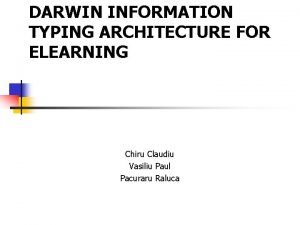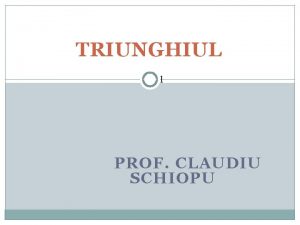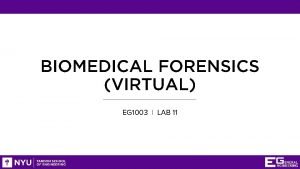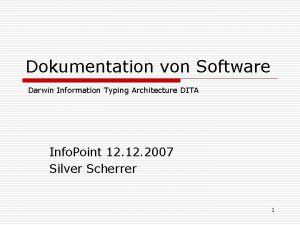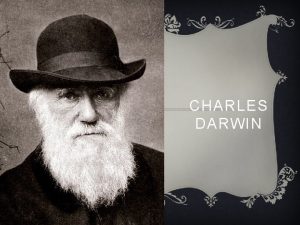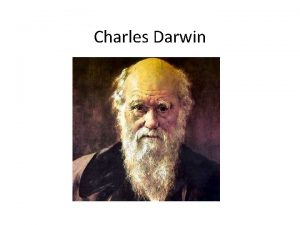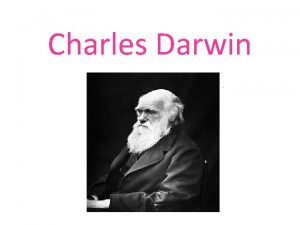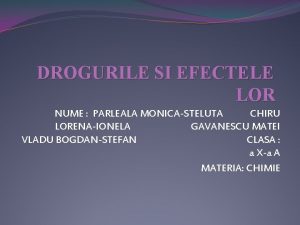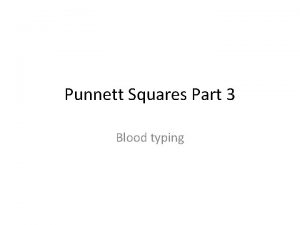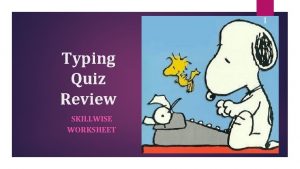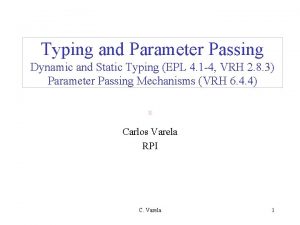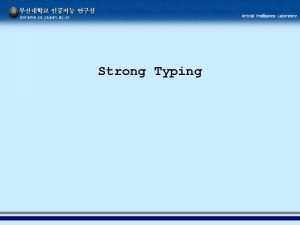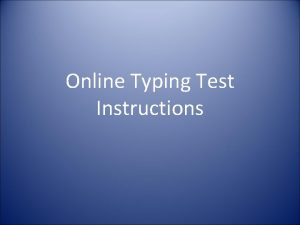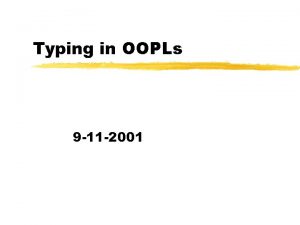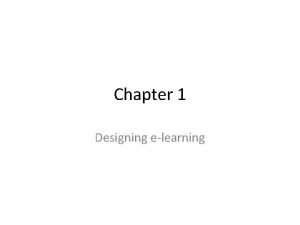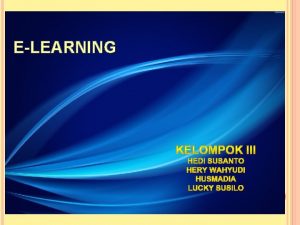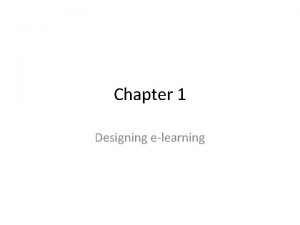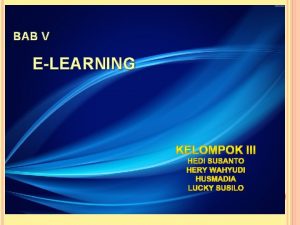DARWIN INFORMATION TYPING ARCHITECTURE FOR ELEARNING Chiru Claudiu


















- Slides: 18

DARWIN INFORMATION TYPING ARCHITECTURE FOR ELEARNING Chiru Claudiu Vasiliu Paul Pacuraru Raluca

What is DITA? n n The Darwin Information Typing Architecture (DITA) is an xml-based architecture for authoring, producing, and delivering technical information. The DITA architecture was originally developed by IBM. DITA is now an OASIS standard.

What is DITA? n Darwin n n Information Typing n n DITA uses principles of inheritance and specialization DITA is based on an information architecture of Concept, Task and Reference for technical documents Architecture n consists of a set of design principles, defined in a DTD

DITA key concepts n Topic n n Topic: a piece of information that makes sense in any context and is based on a single subject. A topic is meaningful when it stands alone Maps n Organize a set of topics for navigation, defines relationship

DITA key concepts n Domains n n A DITA domain defines a collection of terms (vocabulary) for common use across more than one topic type. Specialization n Provides a way to obtain new topic types, new domains, new map types as extensions to the old ones.

DITA key concepts n Conditional Text n n A standard way to personalize the document by using some kind of attributes Content References n Mechanism for reusing standard text

Topic n n n Piece of information that make sense in any context Can be put together in different ways Topics are DITA buiding blocks Covers a specific object Doesn’t assume that something has been explained previously It is reusable

Three basic topic types n Concept n n n describes something. It contains definitions, rules and guidelines Task n n describes how to accomplish a task. It displays a list of steps that the users must follow to produce a specified result

Three basic topic types n Reference n n A Reference topic offers details. It describes command syntax, programming instructions, reference material.

IBM DITA structure for elearning n n n DITA provides a infrastructure for developing a content model for learning. The DITA specialization architecture provides a built-in method to extend DITA to support new content elearning elements. IBM developed the following DITA extensions that support learning content:

IBM DITA structure for elearning n New topic types – will support learningspecific topic types such as n n n lesson overviews, objectives, summaries, exercises, assessment content

IBM DITA structure for elearning n n A new content domain – will support content vocabularies that are used across the DITA topic types for learning support A new map domain DITA that collects and organize references to DITA learning topics to indicate the relationships among the topics and delivery as a learning course

IBM DITA structure for elearning n n DITA topic types for learning are contained in a learningbase type. These new topics are: learning. Overview, learning. Topic, learning. Summary, learning. Practice, learning. Assesment

Creating DITA documents with Web browser integrated editors (DITA STORM) n DITA Storm n n n Inmedius product designed to produce DITA documents using a browser. embeds an editor into a browser. There is no need for a plugin installation or a server side script deployment. easy to use DITA editor it can be used as a text processor or WYSIWYG editor. allows adding of new elements and specializations.

Creating DITA documents with Web browser integrated editors (DITA STORM) n Reading DITA files from the Web Server

Creating DITA documents with Web browser integrated editors (DITA STORM) n Editing DITA files with DITA Storm

Creating a simple DITA elearning system with DITAstorm n Adding elearning elements n n n Modifying model. xml file Adding child elements in groupallow section Adding description of the child elements Compiling the model. xml file Use the structure defined previously for creating and delivering documents

Bibliography n n Darwin Information Typing Architecture(DITA) Specification 1. 1 Don Ray (2005), Introduction to the Darwin Information Typing Architecture, IBM n corporation John Hunt, An XML-based information n 2005 www. ditastorm. com - DITA Storm technical architecture for learning content, Part 1 A DITA specialization design, IBM corporation documentation
 Darwin information typing architecture dita
Darwin information typing architecture dita Claudiu schiopu
Claudiu schiopu Blood typing information
Blood typing information Iso 22301 utbildning
Iso 22301 utbildning Typiska novell drag
Typiska novell drag Tack för att ni lyssnade bild
Tack för att ni lyssnade bild Returpilarna
Returpilarna Varför kallas perioden 1918-1939 för mellankrigstiden
Varför kallas perioden 1918-1939 för mellankrigstiden En lathund för arbete med kontinuitetshantering
En lathund för arbete med kontinuitetshantering Personalliggare bygg undantag
Personalliggare bygg undantag Tidbok yrkesförare
Tidbok yrkesförare A gastrica
A gastrica Densitet vatten
Densitet vatten Datorkunskap för nybörjare
Datorkunskap för nybörjare Tack för att ni lyssnade bild
Tack för att ni lyssnade bild Debattinlägg mall
Debattinlägg mall Delegerande ledarskap
Delegerande ledarskap Nyckelkompetenser för livslångt lärande
Nyckelkompetenser för livslångt lärande Påbyggnader för flakfordon
Påbyggnader för flakfordon
